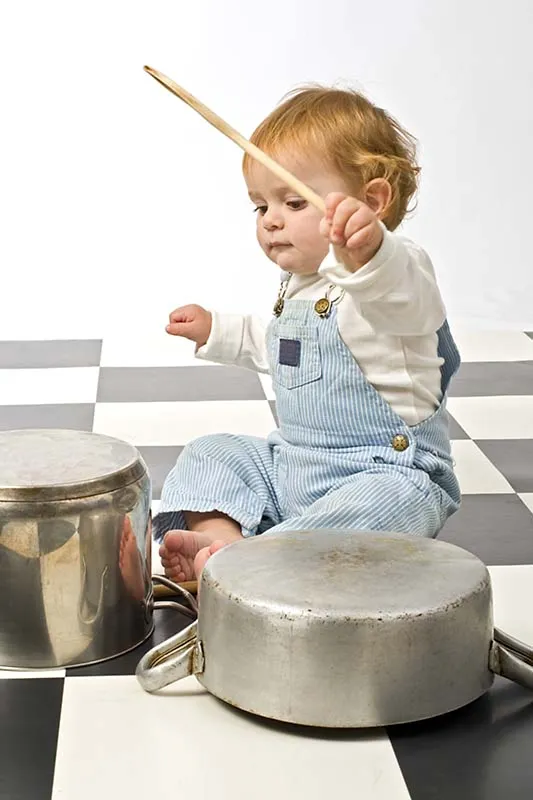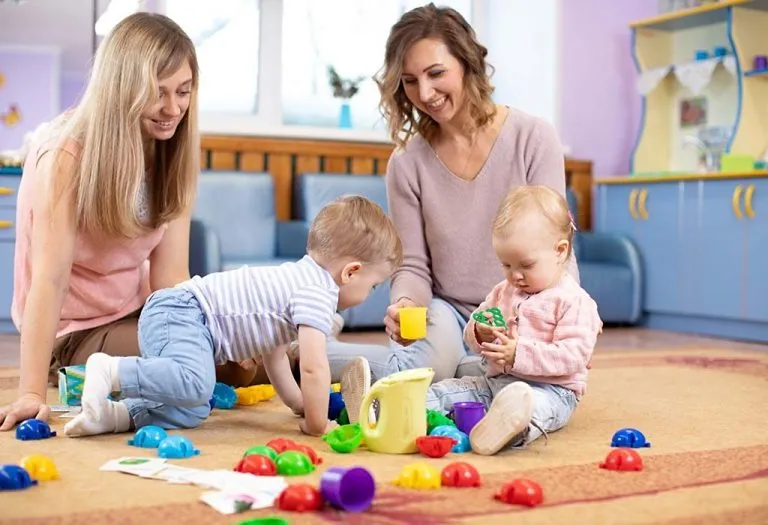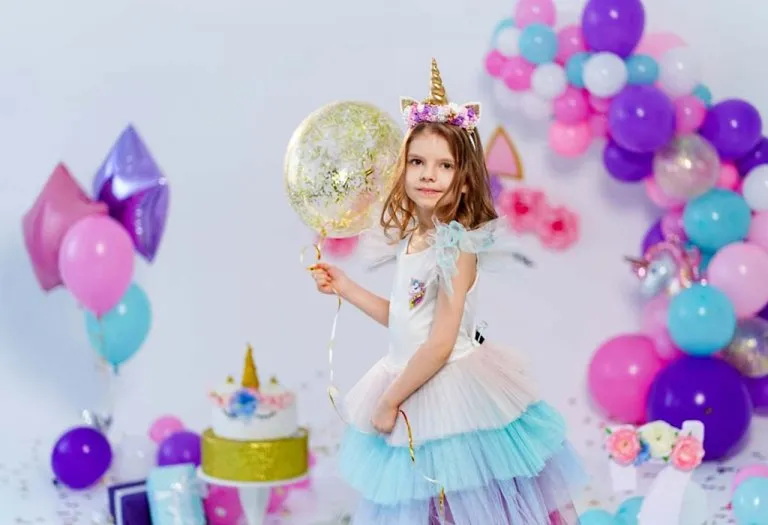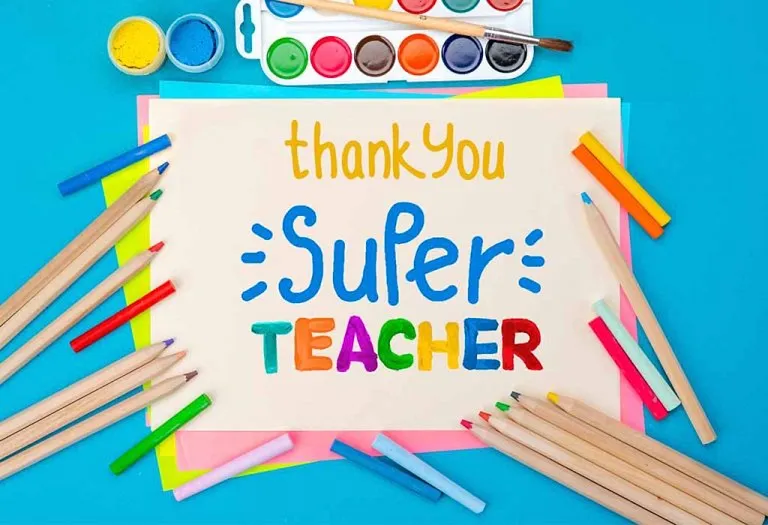Functional Play for Children – Importance, Stages and Activities
- What Is Functional Play?
- Different Stages of Functional Play
- Benefits of Functional Play for Children
- Functional Play Activities for Children
- FAQs
Have you seen your toddler play for hours with a simple cardboard box? Or have fun with pots and pans or a piece of paper? Small children tend to play for a long time with the most commonplace items, throwing them around or banging them. As adults, we wonder what on earth is so fascinating about the object that the child is immersed in his play. This play stage, called functional play, starts during infancy and continues until age 2.
What Is Functional Play?
A simple functional play definition is a repetitive action which a child finds fun. Experts describe functional play as the ‘first play’ of a small child who uses something to entertain himself. Even though these activities are repetitive, they are a way for the child to learn more about their world and the properties of physical objects they handle. This can prepare them to develop more complex skills and help them hone their gross and fine motor skills with practice. The functional play age of children can last from babyhood into toddlerhood. Here are a few examples of functional play (1):
- Pushing a toy car across the floor.
- Stacking blocks to build a simple tower.
- Pretending to drink from a toy cup.
- Using a spoon to stir in a toy kitchen set.
- Rolling a ball back and forth.
- Placing shapes into a shape sorter.
- Brushing the hair of a doll.

Different Stages of Functional Play
Functional play evolves as children grow, with each stage marking significant developmental milestones. These stages reflect the child’s growing understanding of interacting with their environment and others. Below are the few stages of functional play and the expected milestones during each phase.
1. 0-12 Months
- At this stage, infants engage in exploratory play, primarily using their senses to explore objects and their surroundings.
- Play centres around bonding with parents, often involving touching, mouthing, and listening.
- Repetitive movements are common as babies explore different sensations and sounds.
- Simple back-and-forth interactions, like smiling and cooing, are part of their play.
2. 12-18 Months
- Toddlers engage in functional play using toys.
- Cause-and-effect play becomes essential as children learn that certain actions give results, such as pushing a button to make a toy light up.
- They enjoy simple interactive games like “peek-a-boo” and “pat-a-cake.”
3. 18-24 Months
- Children begin to assign roles to objects, like pretending a doll is eating.
- Children engage in activities like climbing or sliding.
- They begin to put together actions in a sequence, such as putting toys in a container and moving them.
4. 2-3 Years
- Children start engaging in group play and take turns during play.
- Improved motor skills allow more complex physical activities like throwing games and tricycles.
- They combine multiple actions into a sequence, like feeding a doll and putting it to bed.
5. 3-4 Years
- Play during this stage becomes more focused on social interactions, with children developing stronger peer relationships.
- Group activities like singing, dancing, and art projects become more engaging.
- Children show interest in forming friendships and participating in collaborative activities.
Benefits of Functional Play for Children
Children love to play with simple items like blocks or empty pots and pans. Although they enjoy the sensory stimulation these items provide, the benefits of playtime go far beyond sensory stimulation. Here are a few benefits of functional play (4):
- Functional play helps children develop problem-solving skills, memory, and understanding of cause-and-effect relationships.
- As children engage in functional play, they often talk about what they are doing, which enhances their vocabulary.
- It encourages them to interact with others, helping children build relationships as they share toys and activities (3).
- As children engage in functional play, they experience the joy of discovery and accomplishment, which boosts their self-confidence.
- Their motor skills improve by stacking blocks, rolling a ball, or fitting shapes into corresponding holes.
Functional Play Activities for Children
Here are a few activities that are both fun and educational. They allow children to practice important skills through purposeful play.
1. Arranging Cars in a Line by Colour
Although a simple activity, this can help the child identify and classify objects according to certain physical characteristics, such as shape and colour.
2. Arranging Interlocking Blocks in Position
When children snap interlocking blocks together without making anything in particular, the activity still builds hand-eye coordination. This helps them identify what position the blocks can be snapped together according to their shape.
3. Throwing Something at the Wall and Watching It Bounce Back
This activity may result in a lot of noise and the danger of the object hitting someone else, but it will help your child learn the concept of cause and effect. Newton’s Third Law of Motion – For every action, there is an equal and opposite reaction.
4. Pushing and Pulling Toys
Toys that can be pushed or pulled, such as wagons or cars, help children develop their coordination and understand the concept of movement and direction.
5. Sorting Shapes
Provide shape sorters or puzzles that require children to match shapes with corresponding slots. This helps with cognitive skills and hand-eye coordination.
FAQs
1. How can functional play be adapted for children with developmental delays or special needs?
Functional play can be customised to meet the needs of children with developmental delays or special needs by selecting appropriate toys and activities that match their abilities. Divide the tasks into smaller steps and provide additional support to help these children benefit fully from functional play (2).
2. Can functional play help with behaviour management in children?
Yes, functional play can be helpful for behaviour management. Engaging in activities can help children develop focus, patience, and self-regulation skills, which can reduce frustration and improve behaviour.
Functional play is an essential element of a child’s cognitive development, so it is the parent’s job to encourage and not stop the child from doing it. Different from dramatic play, functional play does not focus on using toys or objects in conventional ways. Instead, your child will focus on the object’s physical characteristics and explore it as he sees fit. For him, a cardboard box will be as exciting as a toy train set. So let them explore and enjoy!
References/Resources:
1. A Practical Guide to Understanding Functional Play in young children; Vanderbilt University; https://cdn.vanderbilt.edu/vu-web/lab-wpcontent/sites/96/2020/02/20133040/PTL-Functional-Play.pdf
2. Fanning. P. A. J, Sparaci. L, Dissanayake. C, et al.; Functional play in young children with autism and Williams syndrome: A cross-syndrome comparison; PubMed; https://pubmed.ncbi.nlm.nih.gov/32819180/
3. How play helps children’s development; nidirect; https://www.nidirect.gov.uk/articles/how-play-helps-childrens-development
4. de Matos. D, de Matos. P, de Araújo. C, et al.; The Establishment of Functional Play Behaviors in Children with Autism: Implications for School Inclusion; Scientific Research Publishing; https://www.scirp.org/journal/paperinformation?paperid=87848#
Also Read:
Types of Play for Child Development
Importance of Pretend Play in Kid’s Development
Brain Boosting Memory Games for Children
Effective Ways for Increasing a Child’s Concentration
Parallel Play: Why Is It Important for Child Development?
Was This Article Helpful?
Parenting is a huge responsibility, for you as a caregiver, but also for us as a parenting content platform. We understand that and take our responsibility of creating credible content seriously. FirstCry Parenting articles are written and published only after extensive research using factually sound references to deliver quality content that is accurate, validated by experts, and completely reliable. To understand how we go about creating content that is credible, read our editorial policy here.























